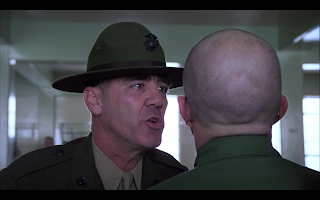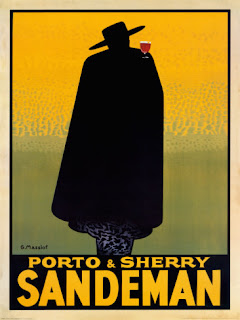Chapter 3
1. "In the main hall a bar with a real brass rail was set up, and stocked with gins and liquors and with cordials so long forgotten that most of his female guests were too young to know one from another." Pages 41-42. One of the main motifs of the book; alcohol, is constantly present at these parties.
2. "They were, at least, agonizingly aware of the easy money in the vicinity and convinced that it was theirs for a few words in the right key." Page 43. Nick is narrating in his judgmental way about how these Englishman at the party were trying to sell bonds or insurance or automobiles. Stating at how the rich Americans at the party were 'easy money'.
3. "... representing the staid nobility of the country- side—East Egg condescending to West Egg, and carefully on guard against its spectroscopic gayety." Page 46. Here Nick makes a referral to East vs. West, how East egg seems to be more
4. "The two girls and Jordan leaned together confidentially. ‘Somebody told me they thought he killed a man once.’" Page 45. Here's the start of some gossip between Nick, Jordan, and a few others concerning Gatsby's past. Gatsby's past is unknown to his multitude of guests and seems to be quite the topic.
5."It understood you just so far as you wanted to be understood, believed in you as you would like to believe in yourself..." Page 49. In this text, Nick is thinking of Gatsby's smile and determining how it felt when looking at his smile, he was completely mesmerized by it for a second.
Chapter 4
1. ‘Good morning, old sport. You’re having lunch with me today and I thought we’d ride up together.’ Page 62.
1. "In the main hall a bar with a real brass rail was set up, and stocked with gins and liquors and with cordials so long forgotten that most of his female guests were too young to know one from another." Pages 41-42. One of the main motifs of the book; alcohol, is constantly present at these parties.
2. "They were, at least, agonizingly aware of the easy money in the vicinity and convinced that it was theirs for a few words in the right key." Page 43. Nick is narrating in his judgmental way about how these Englishman at the party were trying to sell bonds or insurance or automobiles. Stating at how the rich Americans at the party were 'easy money'.
3. "... representing the staid nobility of the country- side—East Egg condescending to West Egg, and carefully on guard against its spectroscopic gayety." Page 46. Here Nick makes a referral to East vs. West, how East egg seems to be more
4. "The two girls and Jordan leaned together confidentially. ‘Somebody told me they thought he killed a man once.’" Page 45. Here's the start of some gossip between Nick, Jordan, and a few others concerning Gatsby's past. Gatsby's past is unknown to his multitude of guests and seems to be quite the topic.
5."It understood you just so far as you wanted to be understood, believed in you as you would like to believe in yourself..." Page 49. In this text, Nick is thinking of Gatsby's smile and determining how it felt when looking at his smile, he was completely mesmerized by it for a second.
Chapter 4
1. ‘Good morning, old sport. You’re having lunch with me today and I thought we’d ride up together.’ Page 62.























